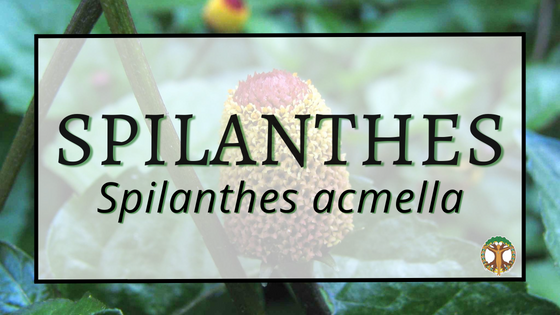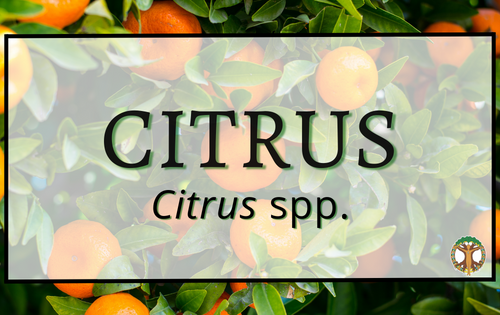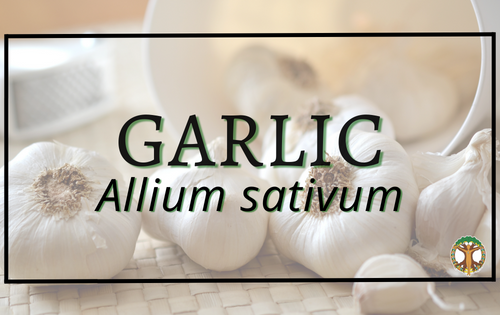
Spilanthes
Latin Name: Spilanthes acmella
Family: Asteraceae
Common Names: Spilanthes, Eyeball Plant, Toothache Plant, Buzz Buttons, para cress, szechuan buttons
Spilanthes means “stained flower.”
Habitat: Grows well in mid to south Florida and is native to tropical climates. It’s a plant true to the term herbaceous, self-seeding and annual. Depending on where it’s growing, it can get up to 12-24 inches high and will flower for three to six months in the warmer seasons. Spilanthes likes full sun or part shade and rich soil, so adding compost materials and planting in a garden bed will help it thrive.
Parts Used: Aerial parts, buds and leaves.
Uses: Known for its use as a numbing agent and its anti-septic properties, providing some relief to toothaches. When you bite into the bud of a “buzz button,” there is often a strong tingling sensation—similar to how it feels to eat Pop Rocks, but more targeted to the area of the mouth where the bite was taken—followed by a numbness lasting for a good while after eaten.
Used in tinctures, tisanes, and salves for its anti-fungal, yeast balancing, and antibacterial properties.
History and Tradition: Historically, Spilanthes, has been used as a respiratory support, and to stimulate the immune system to help ward off the “winter illnesses” in addition to its numbing relief for toothaches.
Actions: Analgesic, Antibacterial, Anti-fungal
Watch the Video Plant Profile for July 2022: Spilanthes with Maggie O’Halloran on YouTube.
References:
Horne, Steven H., and Thomas Easley. Modern Herbal Medicine. St. George, UT: School of Modern Herbal Medicine, 2014.






